Can’t figure out why the Mail app is not working on your Mac?
Not being able to check for emails is one of the most annoying things you can encounter on your Mac. Sadly, this is the case for some users who encounter issues with the Mail app.
If the Mail app on your Mac keeps crashing or doesn’t load at all, we got you covered.
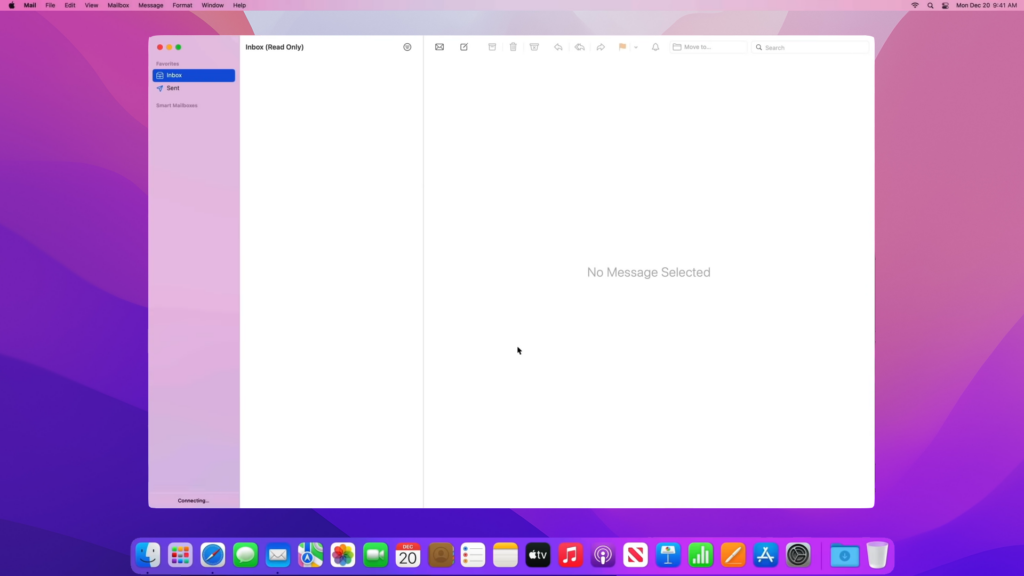
There are many reasons why the Mail app is not working. It could be due to outages with Apple’s servers or network-related issues.
Improper configurations and corrupted files can also cause the Mail app to malfunction.
In this guide, we will show you how to fix the Mail app if it’s not working on your Mac.
Let’s get started!
1. Check Apple Servers.
As mentioned, server outages could be the reason the Mail app is not working. Given that the Mail app is an online service, its servers play a big part in keeping features available.
To confirm this, you can visit Apple’s system status page.
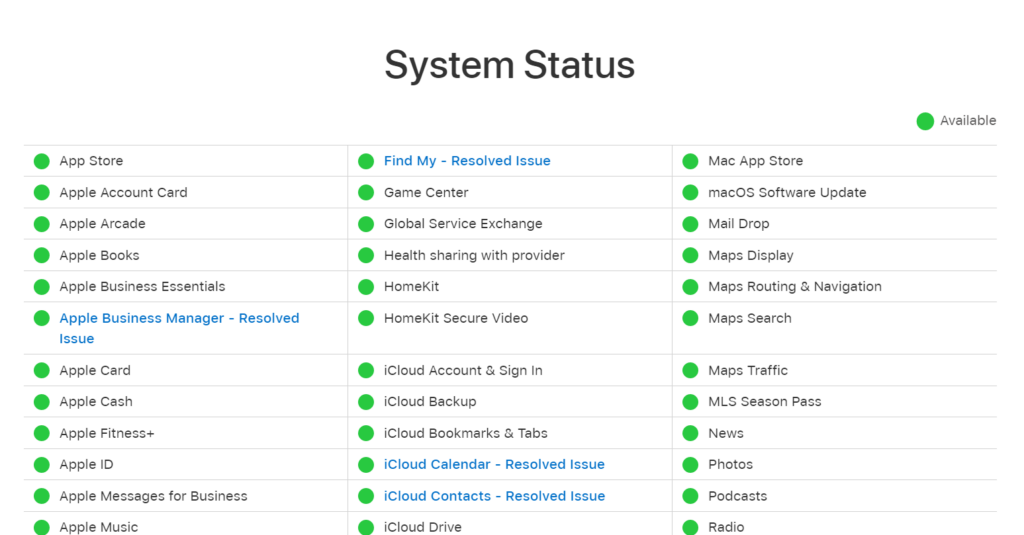
If there are ongoing problems with the servers, the only thing you can do is wait. Unfortunately, server-related errors can’t be resolved on your end.
On the other hand, you can head to the next solution if the servers are fine.
2. Restart Your Mac.
Try restarting your Mac if you encounter issues with the Mail app. This should reload its resources and resolve temporary errors that may have occurred during use.
This should also clear temporary and fragmented data from your Mac’s memory, which can cause software problems.
Here’s what you need to do:
- Click on the Apple Menu in the upper left corner of your screen.
- Now, choose Restart from the drop-down list.
- Confirm your action by clicking Restart in the dialog box.
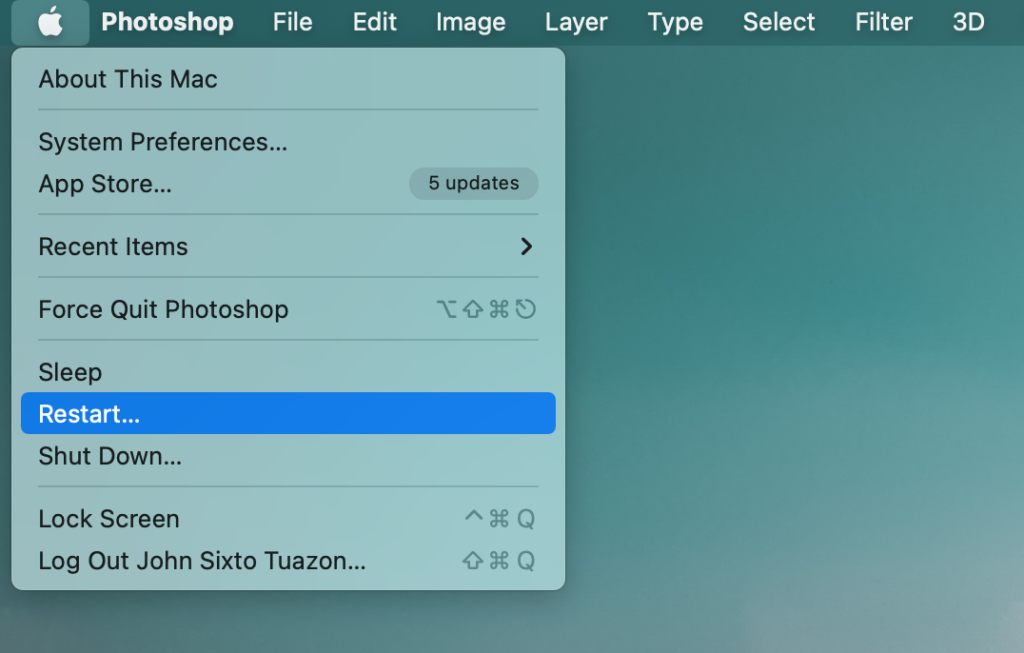
Once done, use the Mail app again to check if the problem is solved.
3. Check Your Internet Connection.
If you can’t send or receive emails from the Mail app, it might have something to do with your network.
To confirm this, perform a test on your network using Fast.com to measure its current bandwidth.
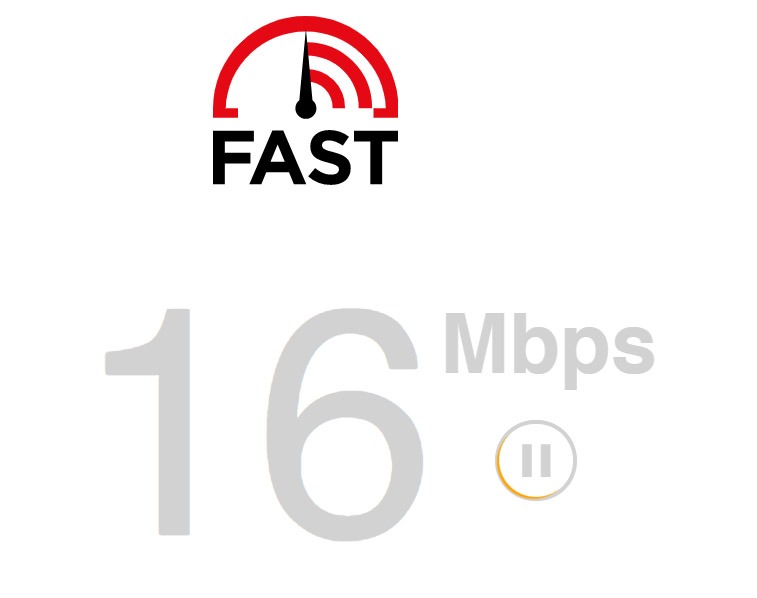
If you’re not getting the speed indicated in your plan, restart your modem. This should refresh the connection between your ISP’s servers and your device.
- Go to your modem or router and unplug its power cable.
- Wait for 5 to 10 seconds.
- Reconnect the power cable to your router and let it initialize.
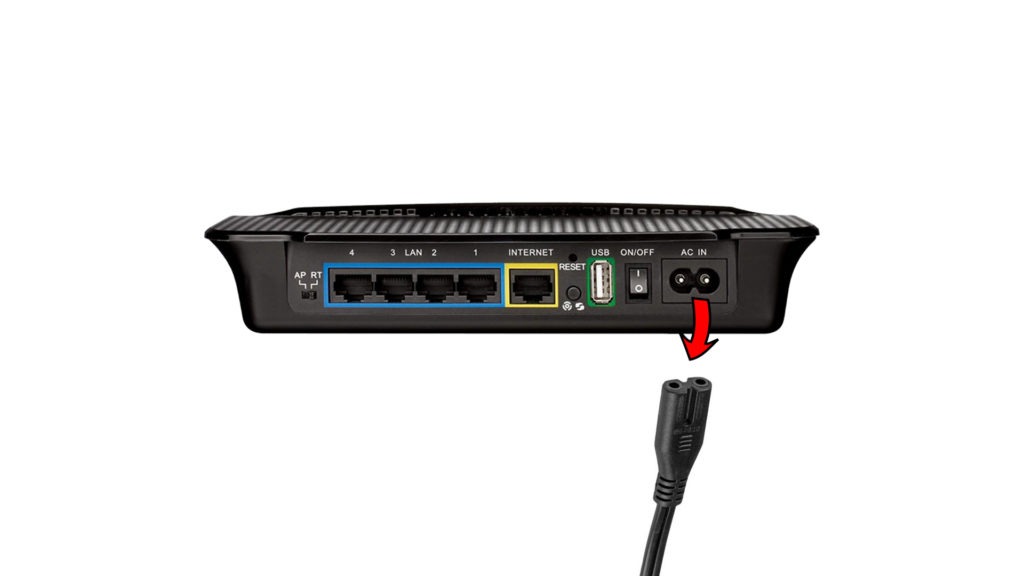
Once done, re-run the test to check if the problem is solved. If not, report the problem to your service provider.
4. Check Mail Authentication.
The Mail app could be experiencing authentication problems with logging in to the email service. This usually occurs when you update your email password directly from the website.
When you do this, there’s no way for the Mail app to know that you’ve changed your email password.
If you did not make any changes, then the file holding your authentication data may have gotten corrupted.
Regardless of the situation, you can follow the steps below to clear your authentication logs:
- Launch the Mail app on your Mac.
- Now, go to Window > Connection Doctor in the menu bar.
- If there are issues with your connections, click on Log Connection Activity.
- Next, click Check Again.
- Click on Show Logs to see the details of the problem. Close the window afterward.
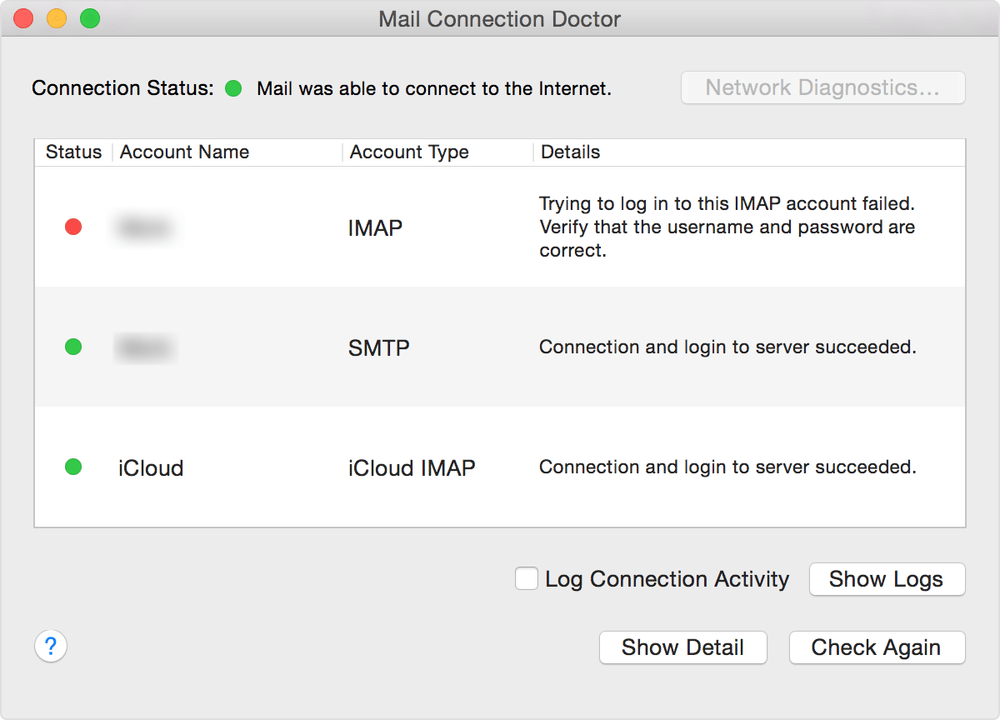
- Press Command + Space on your keyboard to open Spotlight.
- Look for Keychain Access and open it.
- In the search bar, type ‘@’ and hit Enter.
- Right-click on your email account and choose Delete.
- Go back to the Mail app afterward.
- Navigate to Preferences > Accounts.
- Delete your email and add it back afterward.
Restart your Mac and see if the Mail app works.
5. Reset the Mail Preferences File.
Preference files contain configurations for applications on your Mac. When this file gets corrupted, it can cause issues.
This can be the reason the Mail app is not working on your Mac. In this case, you’ll need to reset your Mail preference file by deleting the old one.
Note
Deleting the plist file will not erase your data. This will only reset the settings for the Mail app.
Here’s what you need to do:
- Close the Activity Monitor if it’s open.
- Now, open Finder and click the Go option in the menu bar.
- Click on Go to Folder and type the path below:
~/Library/Preferences/- Click Go to open the folder.
- Inside the Preferences folder, look for com.apple.mail.plist
- Move the file to the Trash.
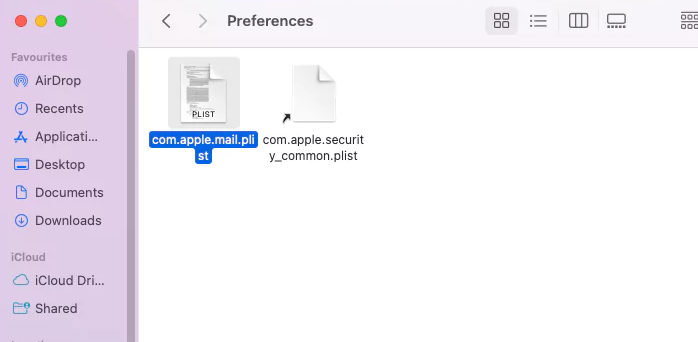
Relaunch the Mail app to check if the problem is solved.
6. Remove State Saved Files.
If the Mail app is not opening on your Mac, there’s a good chance that some of its resources are corrupted.
One thing you can do is remove the state saved files from your storage.
These files should get replaced by your system automatically, solving any issues that occurred on the Mail app.
Follow the steps below to guide you through the process:
- Open the Finder on your Mac.
- Now, hold the Shift key and click on Go in the menu bar.
- Access the Library folder.
- Navigate to Containers > com.apple.mail > Data > Library.
- Open the Saved Application State folder.
- Look for com.apple.mail.savedState folder and delete it.
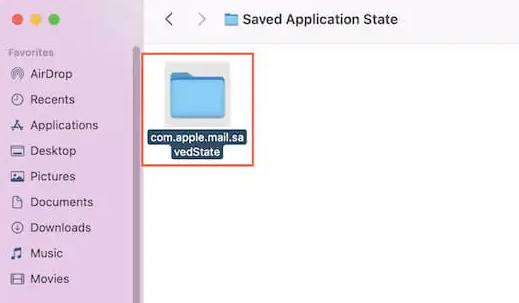
Restart your Mac and see if the Mail app will launch.
7. Update Your Mac.
There might be an issue with the Mail app on the version of macOS you’re using. To rule this out, check if there are available updates for your Mac and install them.
This should patch issues within your software that causes the Mail app to malfunction.
Here’s how you can update your Mac:
- Click on the Apple icon in the upper left corner of your screen.
- Now, click on System Preferences.
- Access the Software Update and wait for your Mac to check for updates.
- Click on Update Now or Upgrade Now to install the update.
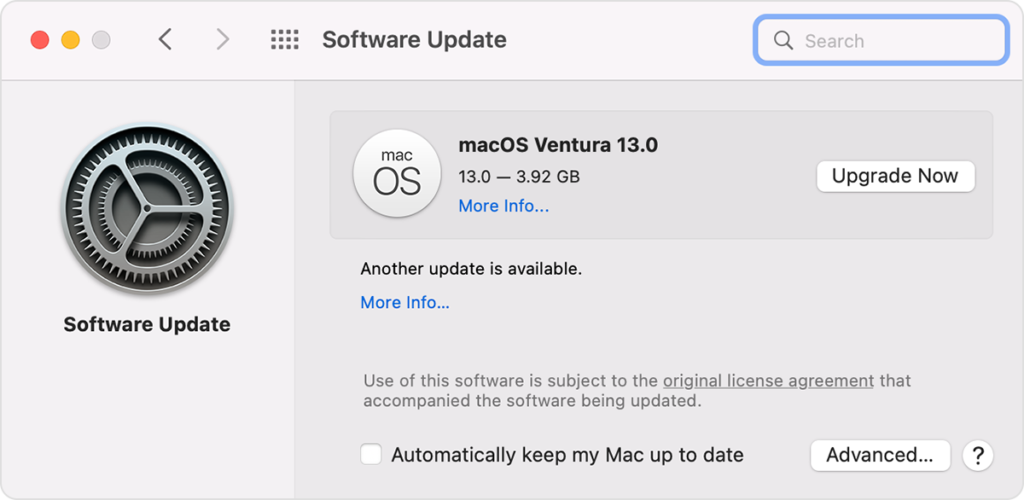
Note
- If you are using a MacBook, make sure that your battery is at least 50% charged. You can just leave it plugged into the wall outlet during the update.
- Your Mac can restart several times while installing the update.
- The update progress bar might also appear to be stuck. When this happens, don’t do anything. Software updates can take several minutes to complete.
Once done, try using the Mail app to see if you’ll still encounter problems.
8. Contact Apple Support.
At this point, the last thing you can do is seek help from the experts.
Visit Apple’s support page and search for the exact problem you’re experiencing with the Mail app. You should see possible fixes for the issue and some articles about it.
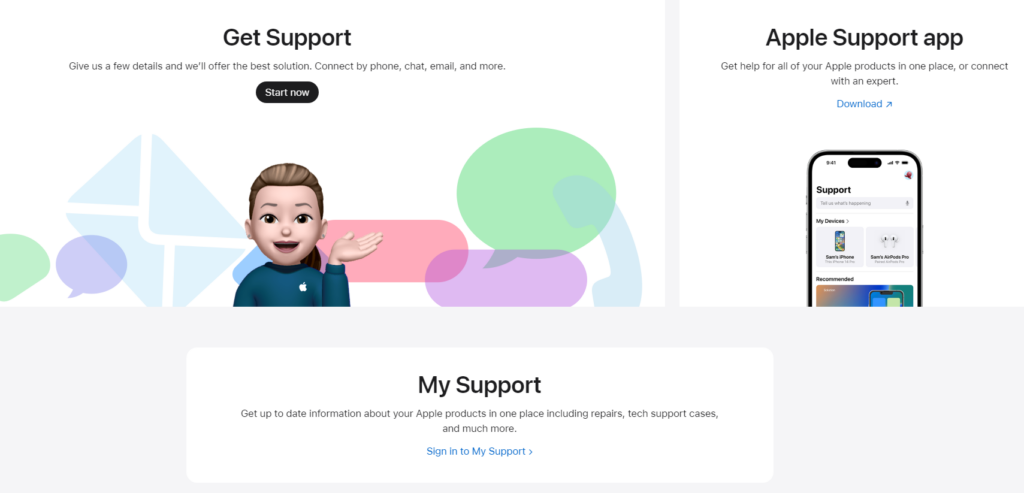
If you can’t find anything helpful, you can contact Apple’s team through chat or phone.
For faster actions, you can bring your Mac to the nearest Apple Store to have it checked by a professional.
That brings us to the end of our guide on how to fix the Mail app if it’s not working on your Mac. If you have questions, please leave a comment below, and we’ll do our best to answer them.





If you delete the plist file, your local mac mailbox files are not present. So, how would you retrieve your local mac mailboxes that contain past email and attachments that you have saved? There is something missing in your steps.
I have noticed that if I save past plist files from prior time capsule backups, the email app works for a while and then I alas get the error message that the email box file storage is full. This is becoming a pain in the a**. This reminds me of the memory leak issues associated with the windows OS. The problem with the Apple OS is that everything is hidden and is difficult to work and trouble shoot.
For anyone experiencing the “Mail cannot save information about your mailboxes because there isn’t enough space in your home folder” problem:
This is most likely not a Mail problem, especially if you have a Fusion drive. Many people reporting it don’t state what model of computer they’re using, but the Catalina update (and, I believe, the switch to the APFS file system) has hosed Fusion drives. Apple knows about the problem but does not yet know what causes it; this is from an Apple rep with whom I’ve spent probably a couple hours on the phone with.
Unfortunately the only solution is a repair procedure that requires you to wipe your entire drive and reinstall the OS; again, this is from Apple. They are referring customers to this document: https://support.apple.com/en-us/HT207584
The title of that doc doesn’t refer exactly to the problem we’re experiencing, but the procedure is the same. I opted to simply replace the Fusion drive with a full SSD. You can buy a cheap USB device to read data off a bare drive, so I still have access to what was on the computer beforehand.
Problem – since Catalina, I have repeatesdly found the when I am in the middle of typing a sentence, I get a full stop, and captalf or start of a new sentence, when I haven’t asked for it. I don’t think it’s my typing, it never happened with the old version. Using same keyboard.
Out of the blue, no changes on my computer, four days ago, all email that gets automatically put in Junk has the content stripped out. I can’t figure out why this is happening, and I can’t find anyone who has any idea why.